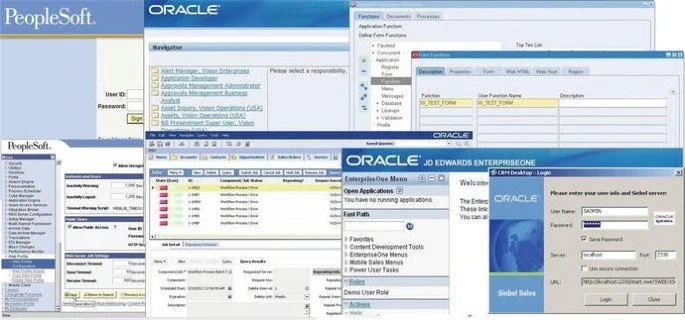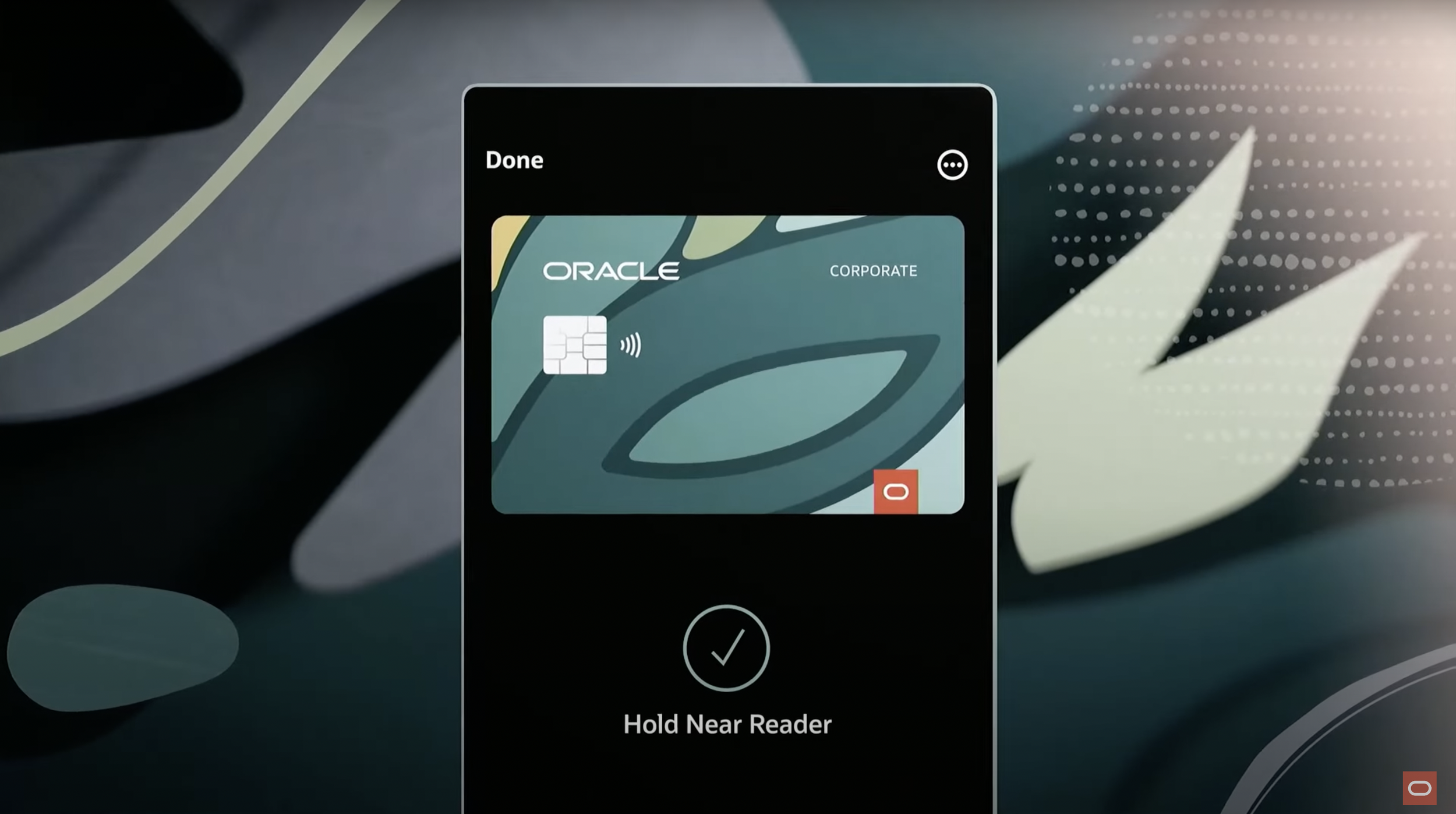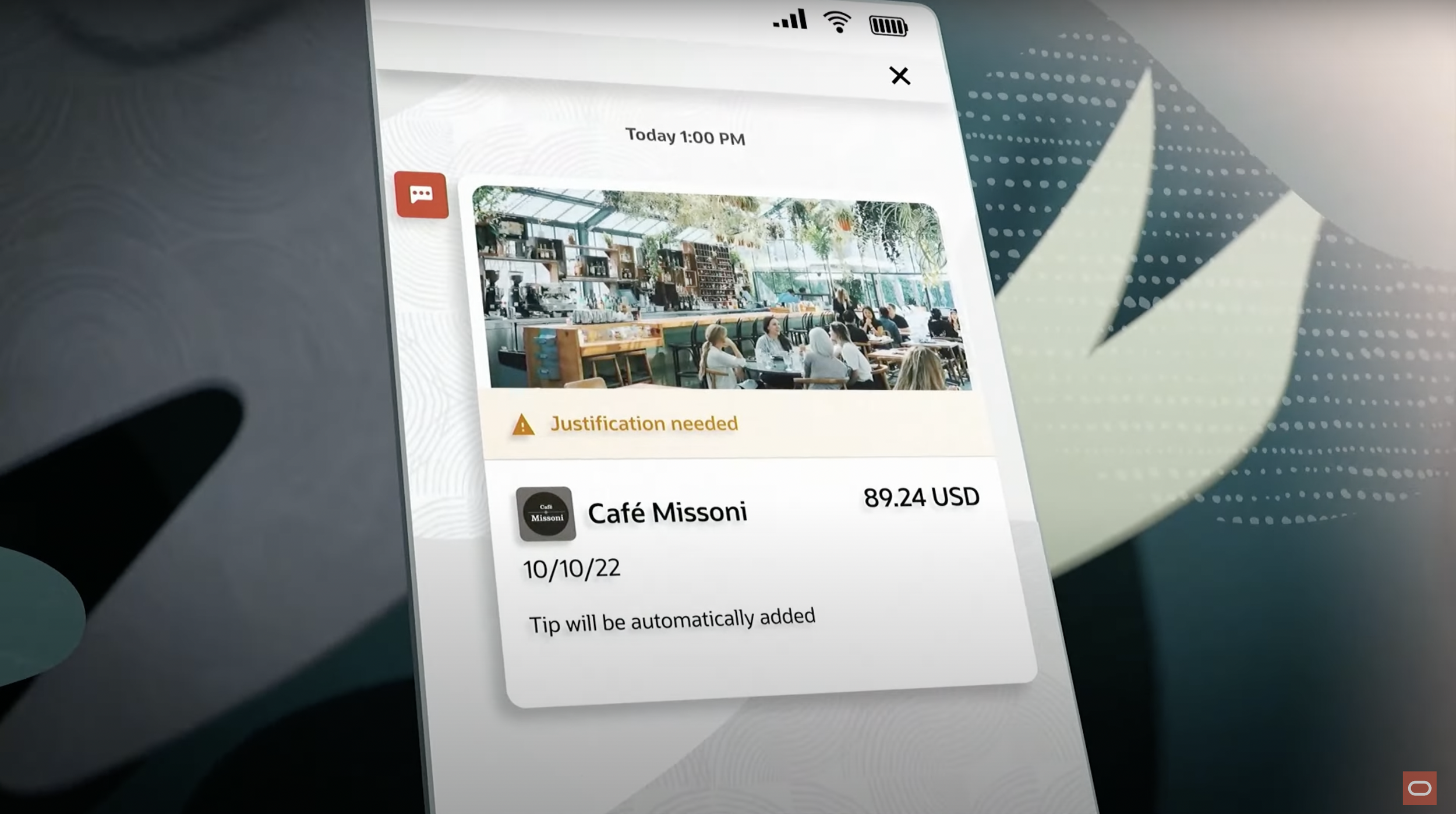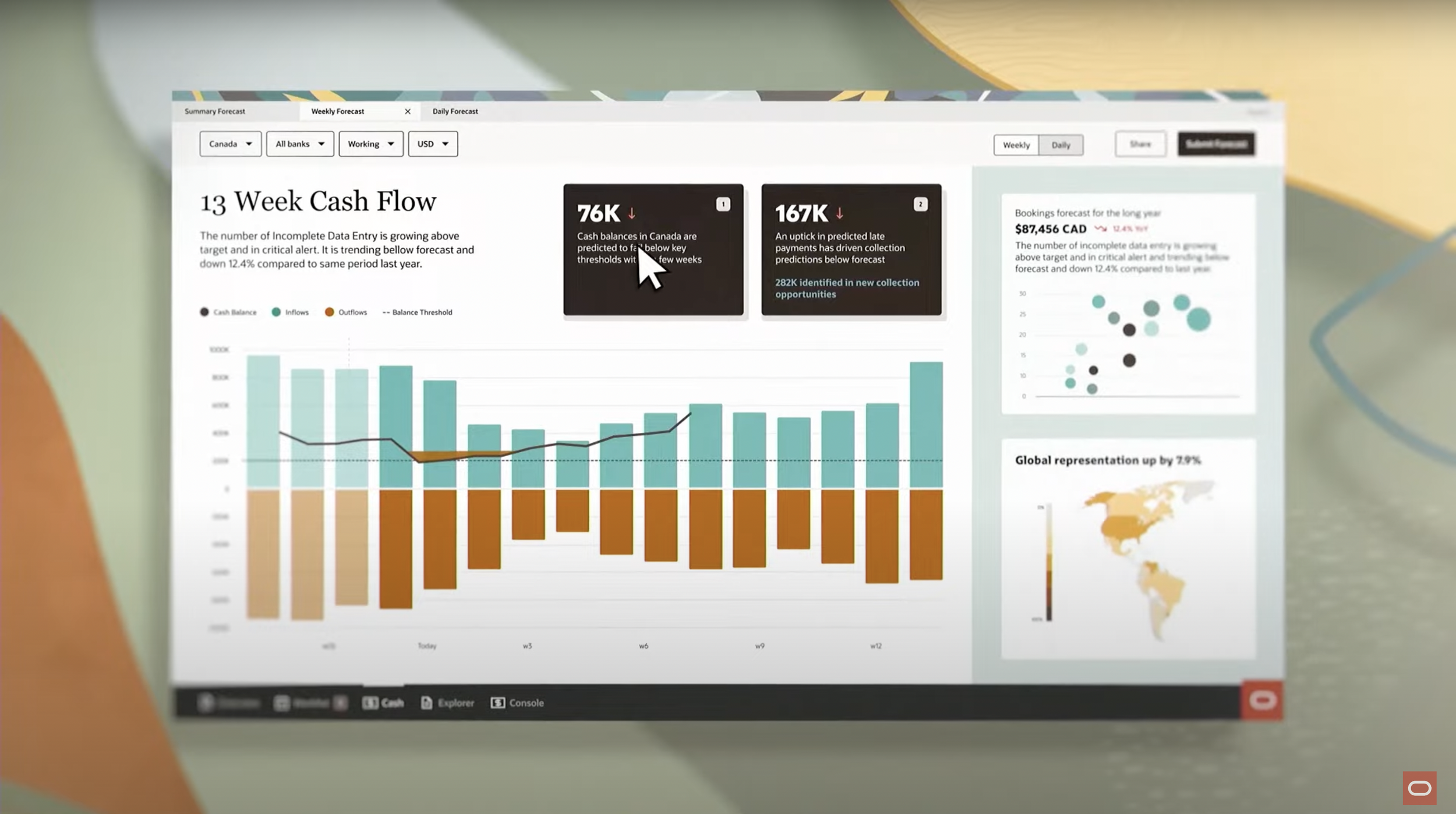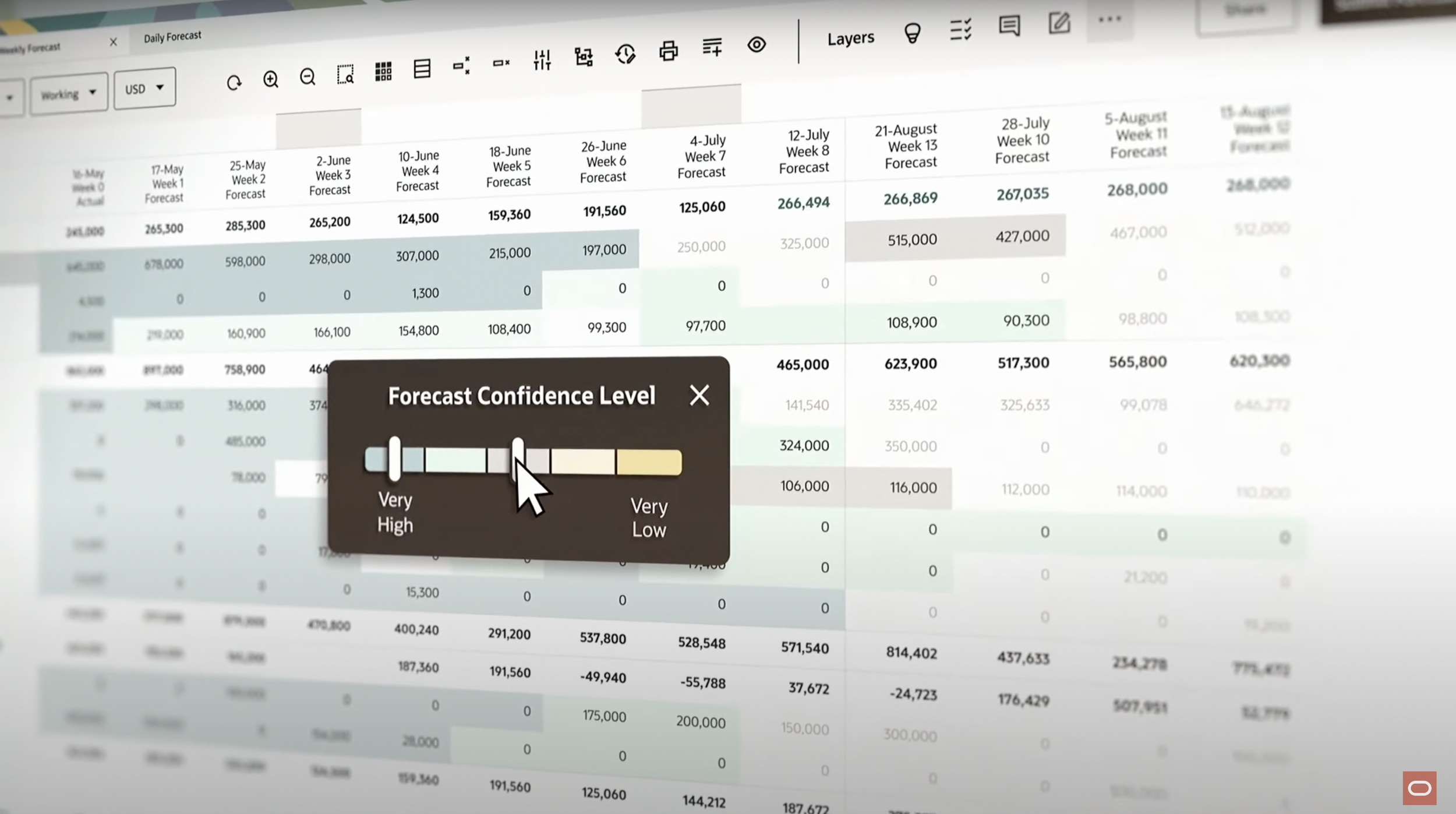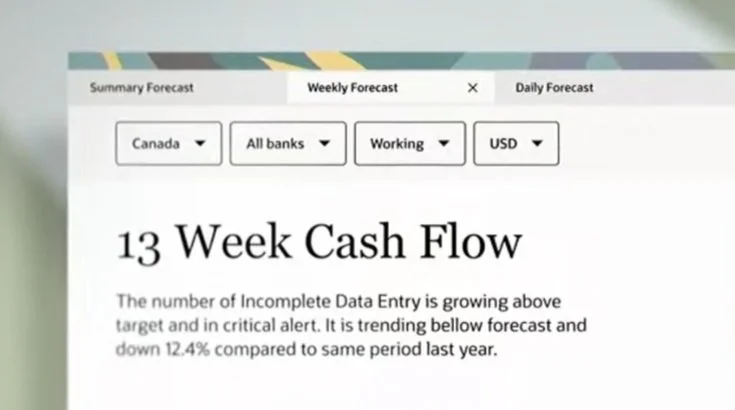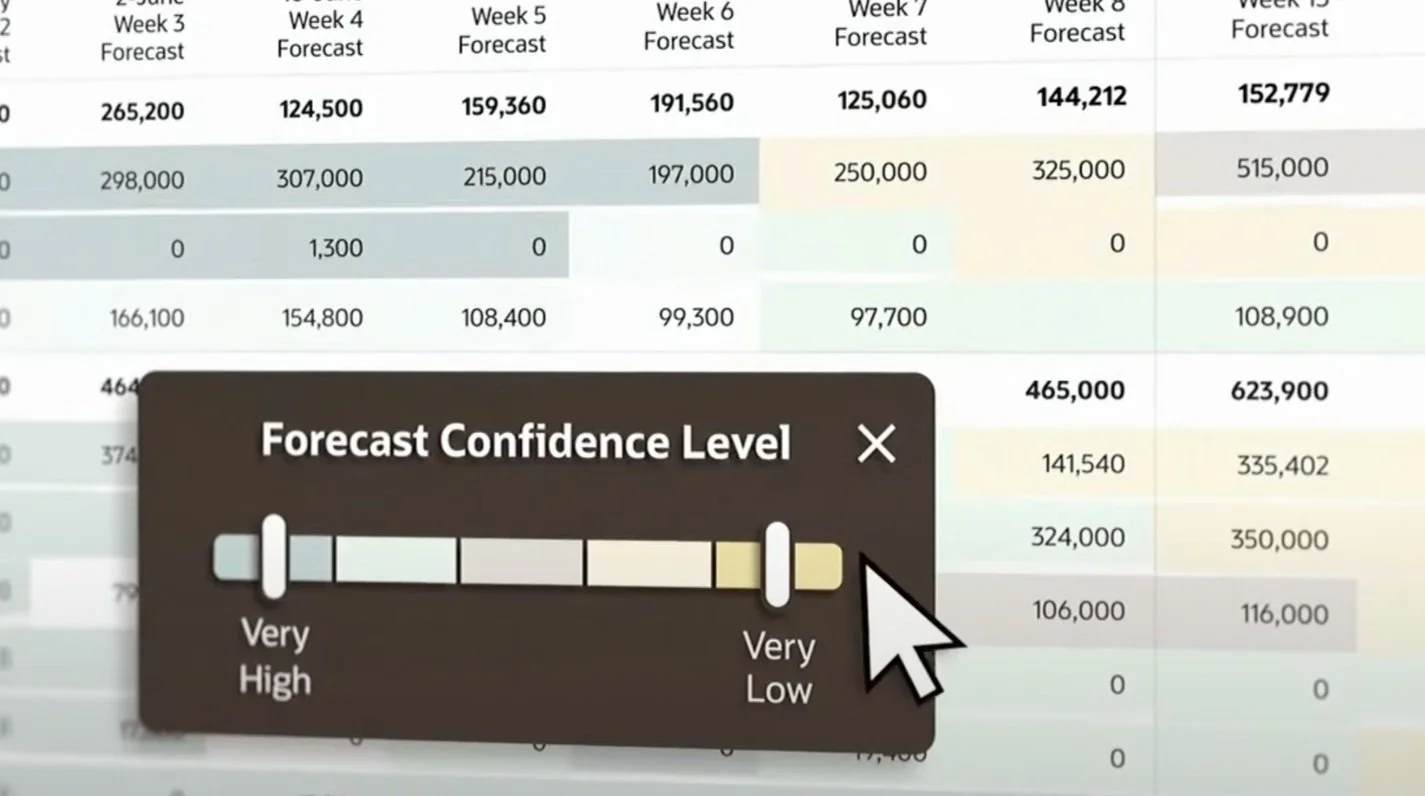Redwood — Oracle’s Design Transformation
Redwood Sizzle Reel
A generational shift in how Oracle designs, builds, and collaborates.
What began as a design system evolved into a platform — and ultimately, a cultural transformation that redefined how design operated at enterprise scale.
The Challenge
By 2019, Oracle’s product ecosystem was vast and fragmented.
Every business unit — from ERP to CX to HCM — designed in isolation, using different tools, styles, and processes. Consistency was hard to achieve, collaboration was slow, and scaling design improvements across hundreds of products was nearly impossible.
It was clear that Oracle needed a shared foundation — a system that unified people, process, and product under a single vision.
The Vision: Building a Unified Design Language
Redwood was born as Oracle’s next-generation design system and UX platform — an effort to unify aesthetics, behaviors, and interaction patterns across every product. It represented more than just new colors and components; Redwood was a complete rethinking of how design could drive coherence and speed at scale.
As Director of Design for ERP and EPM applications, I co-innovated with the central Redwood team — integrating early patterns, testing components in real-world enterprise workflows, and helping shape the strategy that would define the system’s evolution.
Many of the first reusable patterns and layouts originated from our finance and accounting products before being standardized into the Redwood library.
The Enabler: Figma at Scale
In June 2019, before Figma was widely adopted in the enterprise, I recognized an operational gap: our teams needed a truly collaborative design platform to manage and scale a global design system like Redwood.
I spearheaded a company-wide initiative to evaluate, propose, and adopt Figma — presenting directly to Oracle’s executive design leadership and securing approval to roll it out globally.
This wasn’t part of my day job, but it became one of the most pivotal design-ops efforts in the company.
When the pandemic hit less than a year later, that foresight proved invaluable — Figma enabled seamless remote collaboration, keeping Redwood development and product design moving at full speed.
By 2023, Oracle had 25,000 weekly active Figma users, making it one of the largest enterprise Figma deployments in the world.
The impact was transformative:
Cross-functional teams collaborated in real time.
Design consistency improved dramatically.
Product teams could design new experiences in one-quarter of the time.
Components, tokens, and patterns flowed seamlessly between Redwood and product teams.
Internally, I became known as “Mr. Figma” — leading the strategy, governance, and adoption playbook that turned a tool into the connective tissue of our design culture.
The Redwood Design System + Platform
Design System
The heart of Redwood was a meticulously crafted library of tokens, components, and visual foundations. My teams helped validate and refine many of these patterns through live product design — ensuring enterprise scalability, accessibility, and usability.
UX Platform
Beyond the system, Redwood evolved into a platform: a shared design and engineering infrastructure that powered thousands of experiences across Oracle Cloud.
Our collaboration helped define how that platform worked in practice — from early pattern formation to component governance and enterprise application integration.
The Impact
Scale: 25,000+ weekly users collaborating in Figma; hundreds of products aligned under one design language.
Speed: Design cycles 4× faster; reduced handoff friction between design and development.
Quality: Award-winning recognition for design excellence and brand cohesion.
Culture: A true design transformation — breaking down silos and embedding design as a core strategic function across Oracle.
My Role
As Director of Design for ERP and EPM, I led high-impact product design teams while driving two company-wide initiatives that fueled Oracle’s design transformation:
Figma Enterprise Adoption: Proposed, secured, and executed the rollout strategy for 25K+ users.
Redwood Co-Innovation: Partnered closely with the central design system team to evolve Redwood through real product needs, patterns, and feedback loops.
Together, these efforts helped Oracle scale design as a system, platform, and culture — setting a foundation for how large enterprises can sustain design excellence.
Lessons & Legacy
Transformation isn’t about ownership — it’s about connection.
By linking systems, tools, and teams, we turned design from an isolated craft into a shared discipline.
That experience continues to inform my work today — applying the same principles of foresight, scalability, and human-centered transformation to the next frontier of design: agentic AI and robotics.
Examples of new patterns for Redwood and automated finance
All-new Expenses
Also several years, and several iterations in the making, Oracle’s new expenses ecosystem got unveilled to the world. Check out my other posts on this.
Pythia: Future of Finance
3 years ago, I lead a design project with a cross discipline team set out to build the vision for how Finance, Accounting and CXOs work in a future where the entire back office is highly automated. Check out that project here. The first phase to be productized is around Cash Forecasting.
Contextual Scoping Mechanism
Identified early on in the Pythia Project as a real user need, we designed a way for C-suite and other Finance pro’s to scope down to particular regions, product lines, close periods and more.
Building Trust in AI
In a highly-automated world of finance, with AI recommending all sorts of strategic moves, how might a CFO’s org be able to trust this new way of working with AI and ML? My team designed several parts of the UI to aid users in having confidence in the numbers. As one of our business strategists hilariously said early on in our project: “you can be creative with finance tools, but if you’re creative with numbers you go to jail.”
KPI Scoreboards
Fusce at massa nec sapien auctor gravida in in tellus. Aenean eu justo sed elit dignissim aliquam. Suspendisse nec congue purus. Donec eget risus diam. Lorem ipsum dolor sit amet, consectetur adipiscing elit. Donec ac fringilla turpis.

